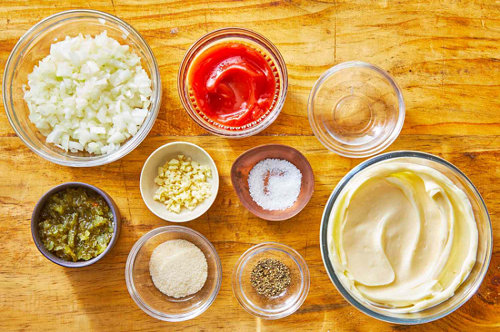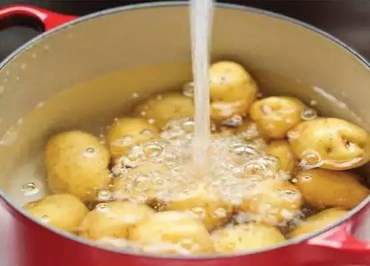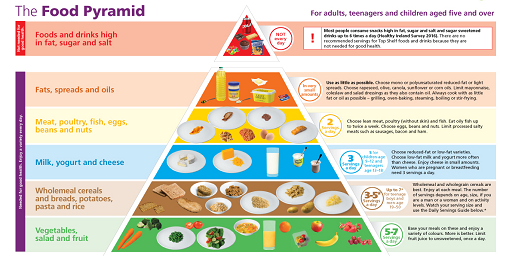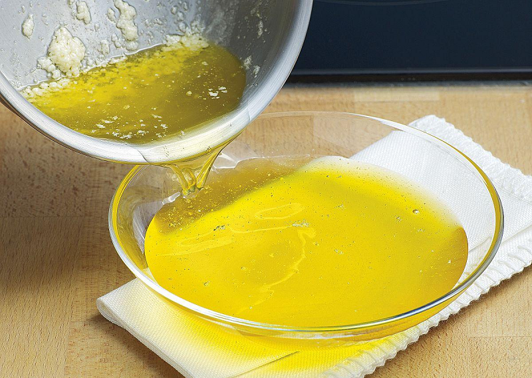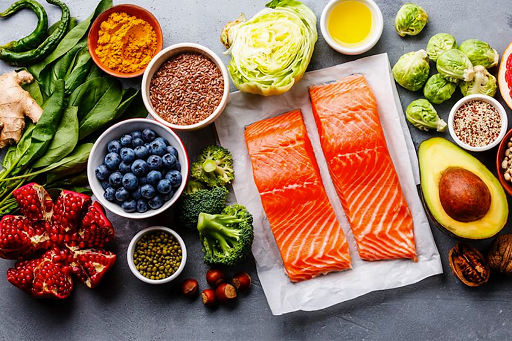When it comes to cooking and preparing gammon and ham, there are a few important steps to keep in mind. Whether you're a seasoned chef or a beginner in the kitchen, these guidelines will help you achieve a delicious and satisfying result. In this article, we will discuss the process of cooking gammon and ham, from selecting the right cut to serving it on your plate.
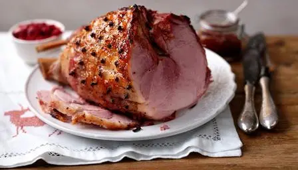
1. Choosing the Right Cut:
Gammon and ham come from the hind leg of a pig, but they differ in their preparation methods. Gammon is the raw, uncooked meat that needs to be boiled or roasted, while ham is the cured and smoked version that can be eaten without further cooking. When selecting your cut, consider whether you want to cook gammon or ham, as this will determine the type of meat you should purchase.
2. Preparing Gammon:
If you've chosen to cook gammon, start by soaking it in cold water overnight to remove excess salt. This step is crucial, as it helps to reduce the saltiness of the meat. Once soaked, rinse the gammon under running water and pat it dry with a paper towel. You can then proceed with your preferred cooking method, such as boiling or roasting.
3. Boiling Gammon:
To boil gammon, place it in a large pot and cover it with cold water. Add aromatic vegetables like onions, carrots, and celery for extra flavor. Bring the water to a boil, then reduce the heat and simmer for approximately 20 minutes per pound of meat. You can also add spices like bay leaves, peppercorns, and cloves for additional taste. Once cooked, remove the gammon from the pot and let it rest for a few minutes before slicing.
4. Roasting Gammon:
If you prefer a roasted gammon, preheat your oven to 325°F (165°C). Place the gammon on a rack in a roasting pan, fat side up. You can score the fat in a diamond pattern for an attractive presentation. Cook the gammon for about 20 minutes per pound or until the internal temperature reaches 160°F (70°C). Baste the meat occasionally with its own juices for added moisture and flavor.
5. Preparing Ham:
Unlike gammon, ham is already cured and smoked, making it safe to eat without further cooking. However, you may still choose to heat it before serving to enhance its flavor. To prepare ham, preheat your oven to 325°F (165°C). Place the ham in a roasting pan with a small amount of liquid, such as water or apple juice, to prevent it from drying out. Cover the pan with aluminum foil and heat the ham for approximately 15 minutes per pound or until it reaches an internal temperature of 140°F (60°C).
6. Serving Suggestions:
Once your gammon or ham is cooked and ready to serve, there are endless possibilities for presentation and accompaniments. You can slice it thinly and serve it cold as part of a charcuterie board or use it as a filling for sandwiches or wraps. For a hot meal, serve it alongside roasted vegetables, mashed potatoes, or a fresh salad. The choice is yours!
Cooking and preparing gammon and ham can be an enjoyable experience with delicious results. By following these guidelines and using your creativity in presentation and accompaniments, you can create a memorable meal that will impress your family and friends. So go ahead and give it a try – your taste buds will thank you!
